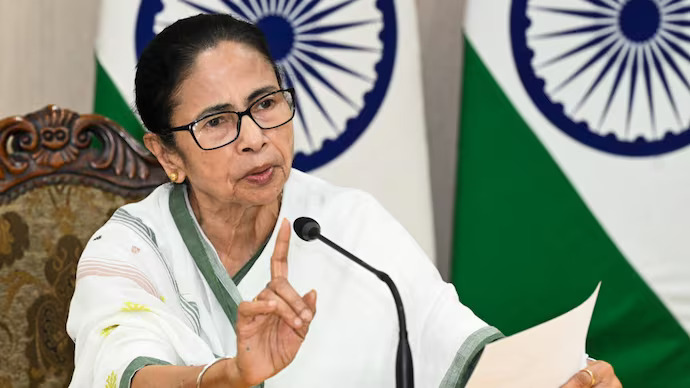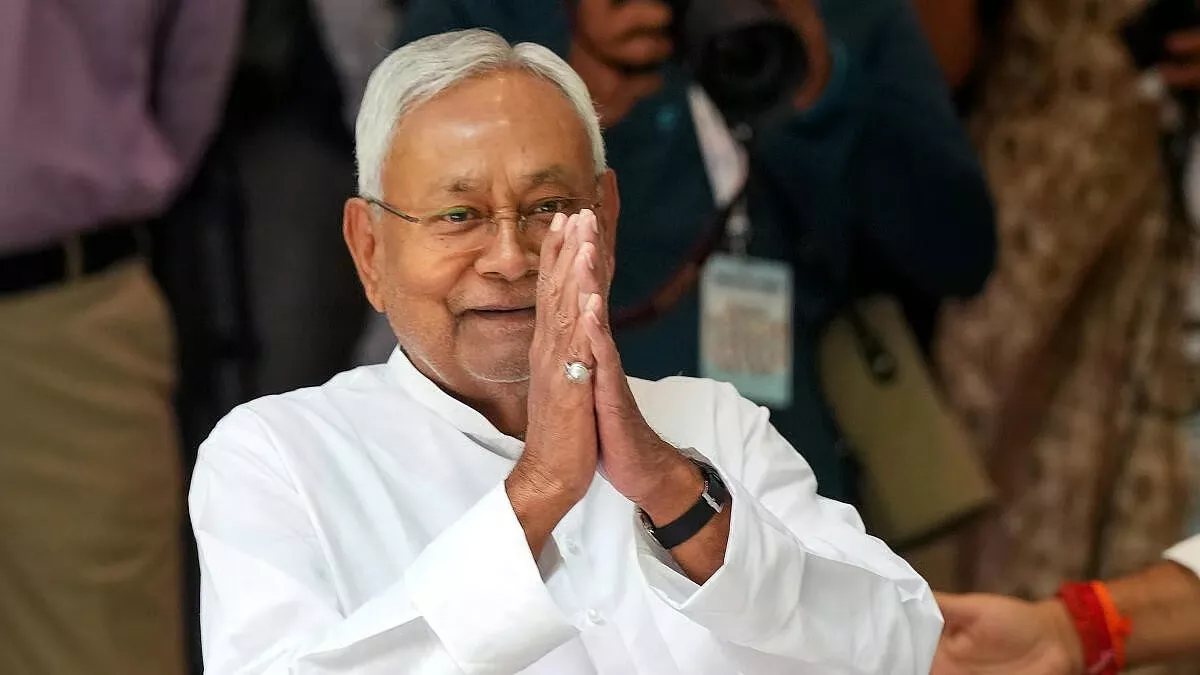A helicopter crash near Gaurikund, a popular route for pilgrims visiting Kedarnath in Uttarakhand, has left the nation mourning. The tragic incident, which claimed the lives of seven individuals, occurred in a region known for its challenging terrain and unpredictable weather. As authorities initiate a full-scale rescue and investigation operation, the incident has reignited concerns about flight safety in India’s hill states.
Helicopter Crash in Gaurikund: What We Know So Far
According to early reports, the helicopter was en route to Kedarnath, a highly frequented shrine during the Char Dham Yatra. Shortly after taking off from the helipad, the chopper reportedly lost communication with air traffic control. Eyewitnesses and local authorities confirm that the aircraft went missing over dense forested terrain near Gaurikund, and later, debris was found scattered across the hillside.
All seven people on board—including the pilot and passengers—have been confirmed dead, as per Uttarakhand police and disaster management authorities.
Challenges Faced in Rescue and Recovery Efforts
The mountainous terrain and inclement weather conditions have severely hampered rescue efforts. The area around Gaurikund is known for its steep cliffs, narrow paths, and unpredictable monsoon conditions. Officials from the State Disaster Response Force (SDRF), along with local volunteers and the Indian Army, are actively involved in recovery operations.
Due to limited visibility and inaccessible crash site, advanced drone surveillance and foot patrols have been deployed. Weather remains a key obstacle, with fog and rain delaying aerial support.
This isn’t the first aviation tragedy in the region. In 2022, another helicopter crash near Kedarnath killed seven people, raising concerns about the safety of pilgrimage flights during extreme weather conditions.
Questions Raised on Pilgrimage Flight Safety
The incident has once again spotlighted the safety protocols of chartered helicopter services operating in high-altitude pilgrimage zones. The Directorate General of Civil Aviation (DGCA) is expected to launch a thorough investigation to determine the exact cause of the crash.
Critics argue that increased pressure to meet high tourist demands during the Char Dham Yatra often compromises flight safety. Experts have suggested better weather forecasting, pilot training, and limit enforcement on daily sorties to prevent such incidents.
The Uttarakhand government is expected to issue a statement soon, and there are growing demands for temporary suspension of flights until stricter regulations are enforced.
Conclusion
The Gaurikund helicopter crash is a stark reminder of the fragility of aviation safety in India’s hilly terrains, especially during peak pilgrimage seasons. As the nation mourns the loss of lives, it also calls for urgent improvements in flight regulation, infrastructure, and emergency response systems.
Our thoughts are with the families of the victims. We will continue to update this story as more information becomes available.









